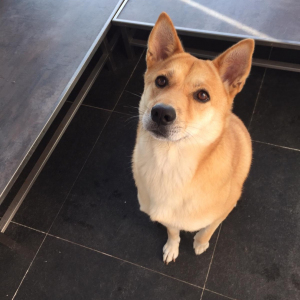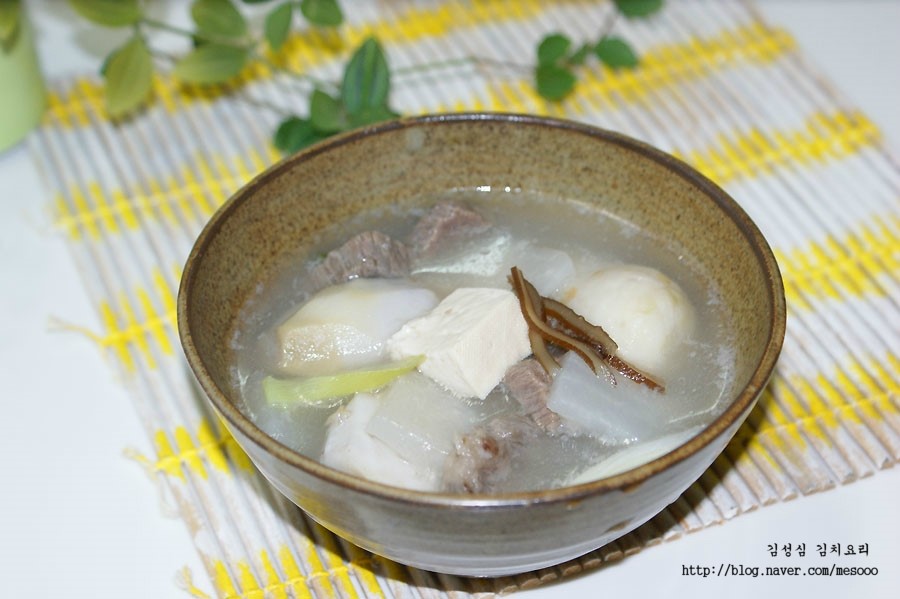
How to cook taro soup
On Chuseok, taro soup is a food that is served with songpyeon as a feast for ancestral rites. I made delicious taro soup, a seasonal food that you can taste before and after Chuseok.
4 serving
Within 30 minutes

김성심김치요리1
- Ingredients
-
-
a taro900g
-
Beef180g
-
Radish250g
-
Tofu100g
-
a dried kelp1piece
-
leek1/2ea
-
Water8cup
-
Korean style soy sauce2spoon
-
crushed garlic1spoon
-
Saltlittle
-
Korean style soy sauce1/2spoon
-
Cheongju1spoon
-
crushed garlic1/3spoon
-
Sesame oil1/2spoon
-
- Cooking Steps
-
STEP 1/15Beef removes blood. Add 1/2 spoonful of soy sauce to the bloodless beef.
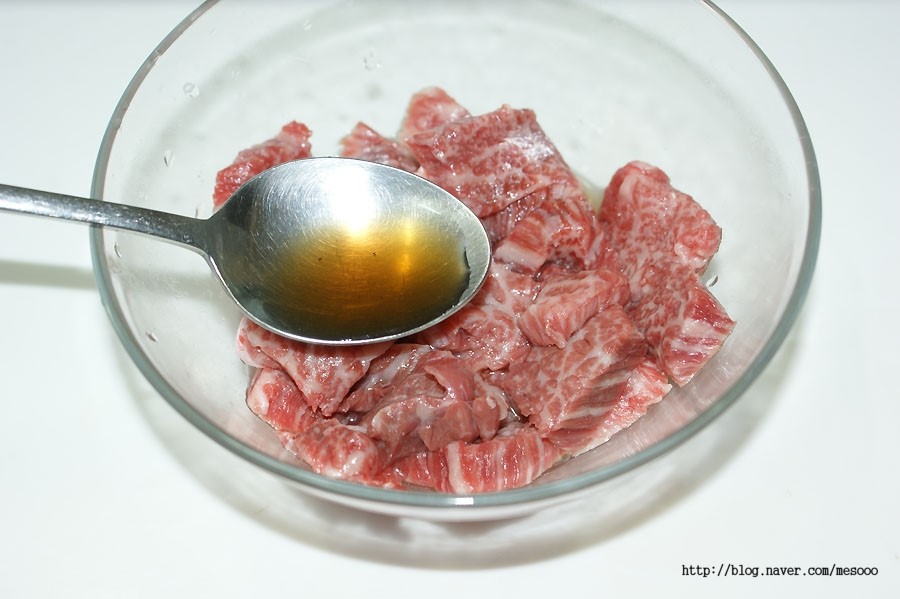 STEP 2/15Add 1 spoonful of refined rice wine and 1/3 spoonful of minced garlic.
STEP 2/15Add 1 spoonful of refined rice wine and 1/3 spoonful of minced garlic.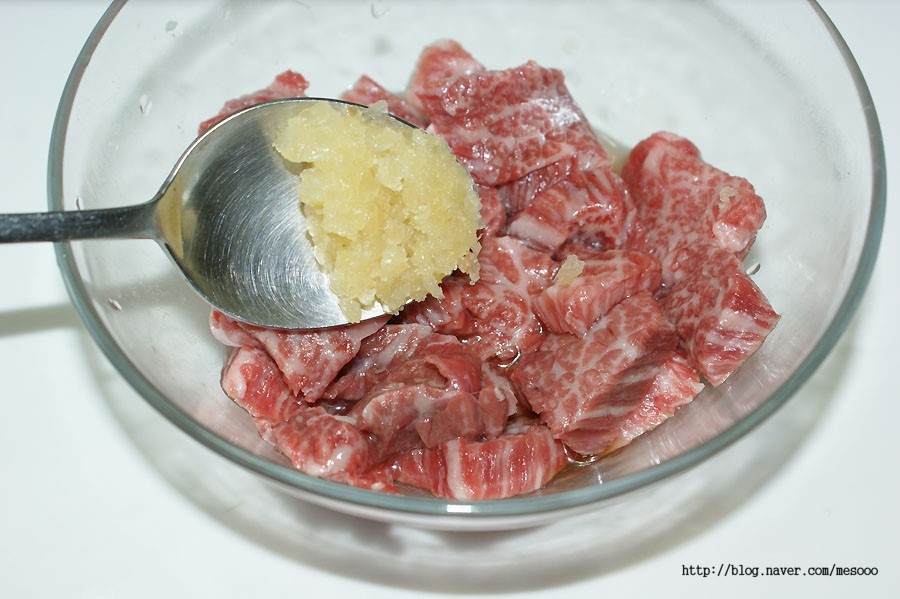 STEP 3/15Add 1/2 spoonful of sesame oil, mix well, and marinate for 30 minutes.
STEP 3/15Add 1/2 spoonful of sesame oil, mix well, and marinate for 30 minutes.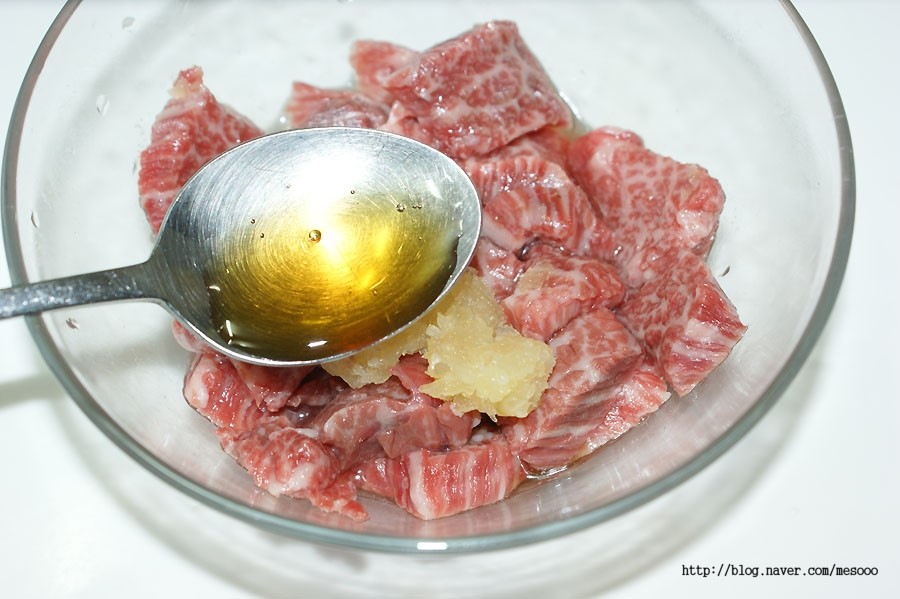 STEP 4/15Slice the spring onions at an angle.
STEP 4/15Slice the spring onions at an angle.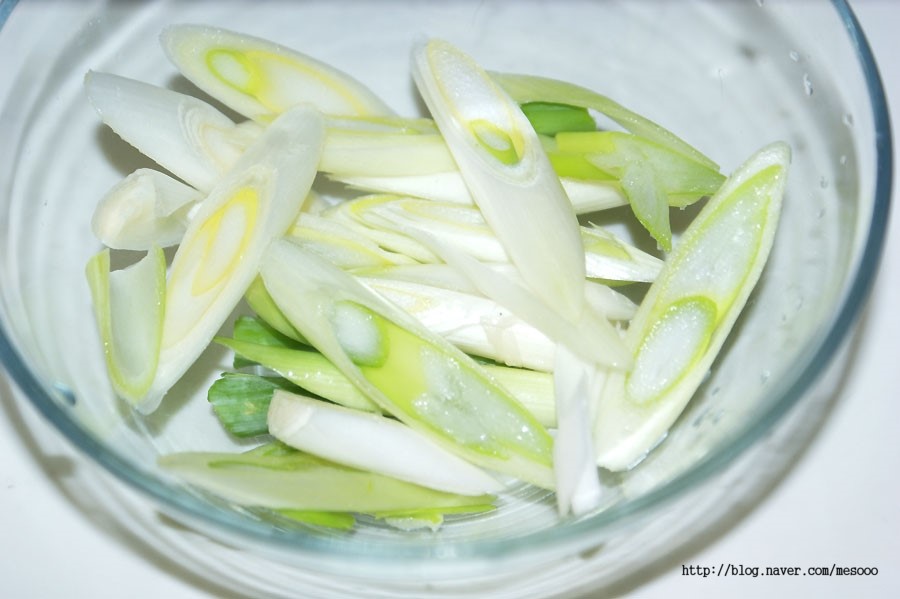 STEP 5/15I just washed it clean, put on plastic gloves, and gently peeled it off with a knife. Wash the taro clean, blanch it slightly in boiling water for about 3 minutes, rinse it in cold water, and peel it off very easily.
STEP 5/15I just washed it clean, put on plastic gloves, and gently peeled it off with a knife. Wash the taro clean, blanch it slightly in boiling water for about 3 minutes, rinse it in cold water, and peel it off very easily.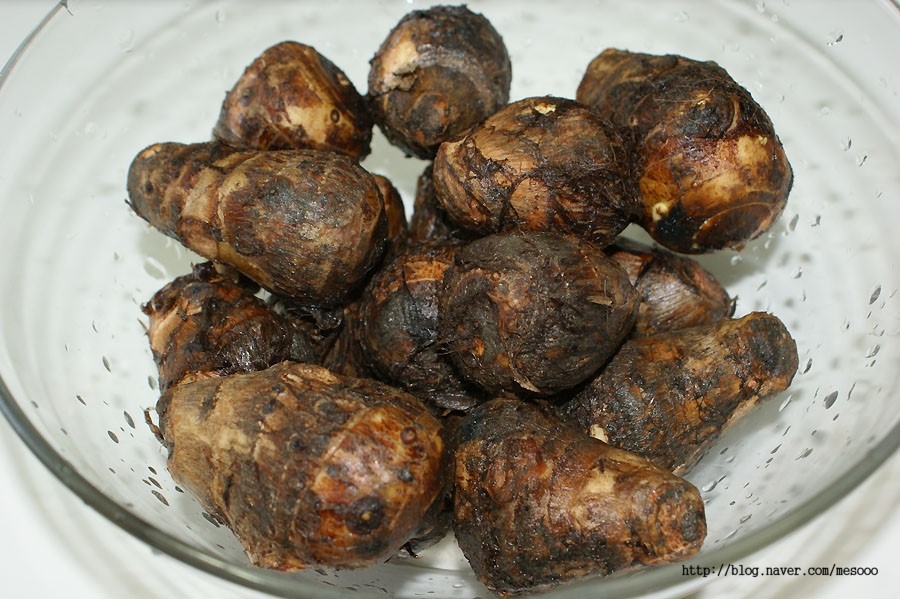 STEP 6/15The peeled taro is soaked in rice water to get rid of the arin taste
STEP 6/15The peeled taro is soaked in rice water to get rid of the arin taste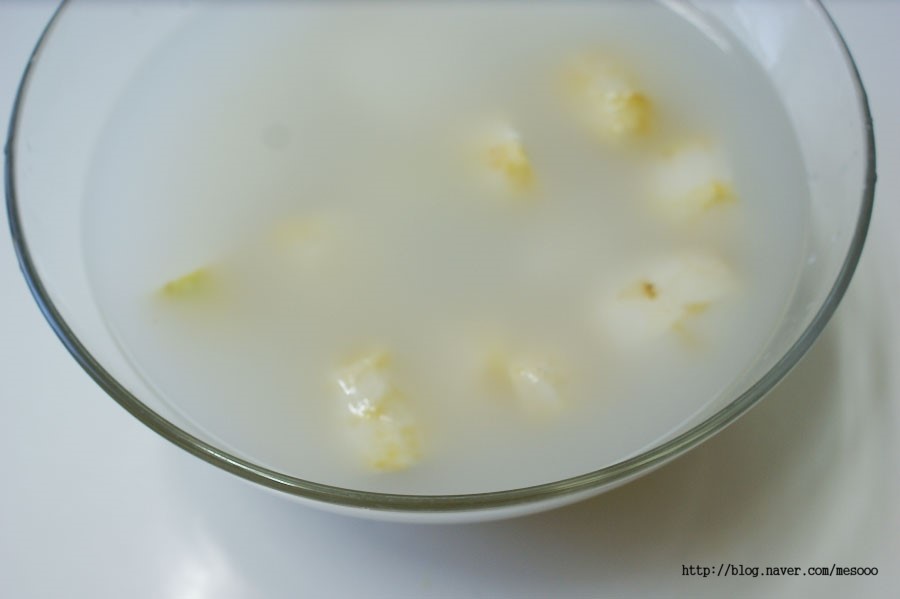 STEP 7/15If you put a little salt in boiling water and blanch it for about 3 minutes and rinse it in cold water, it will remove the taste of Arin.
STEP 7/15If you put a little salt in boiling water and blanch it for about 3 minutes and rinse it in cold water, it will remove the taste of Arin.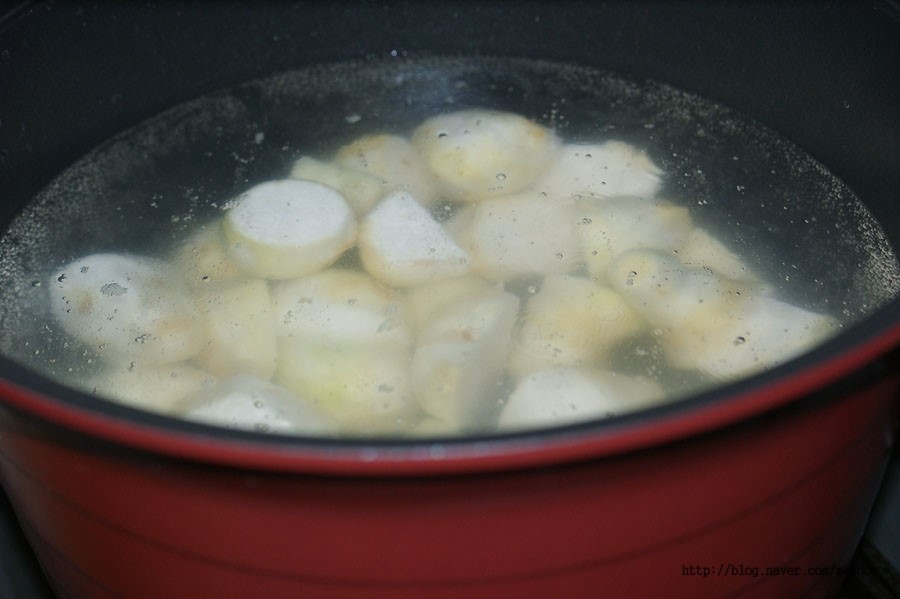 STEP 8/15Chop the radishes up.
STEP 8/15Chop the radishes up.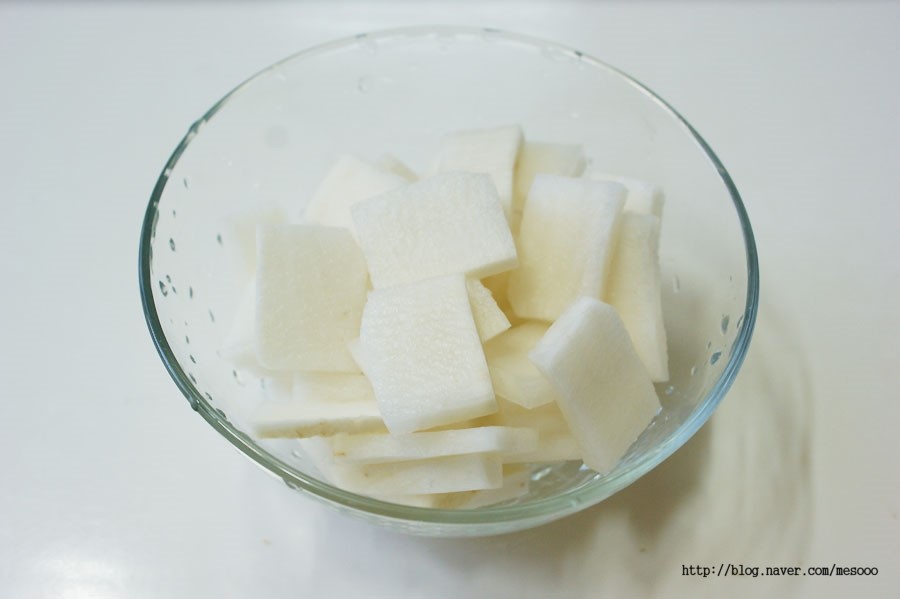 STEP 9/15Cut tofu into squares in bite-size pieces.
STEP 9/15Cut tofu into squares in bite-size pieces.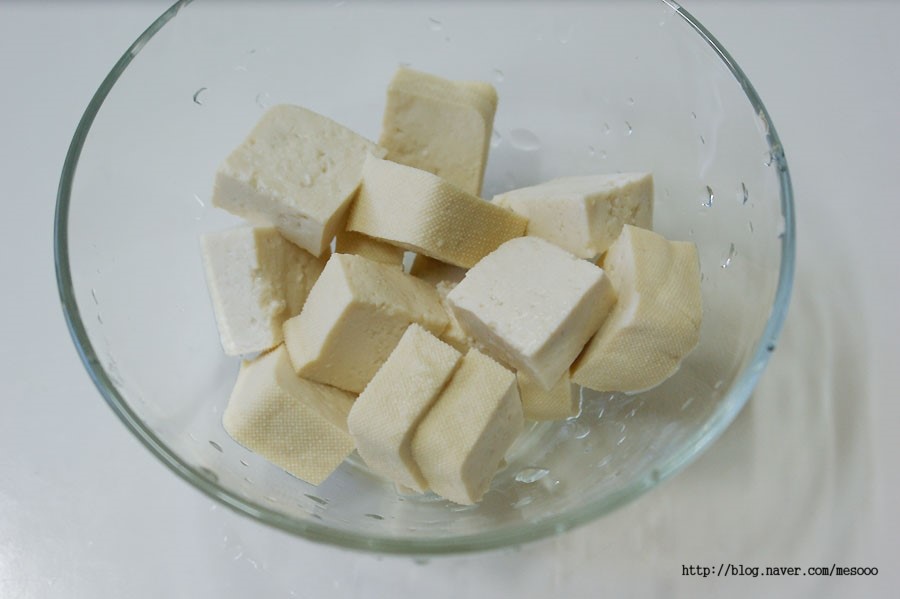 STEP 10/15Put sesame oil in a pot and stir-fry the marinated beef slightly.
STEP 10/15Put sesame oil in a pot and stir-fry the marinated beef slightly.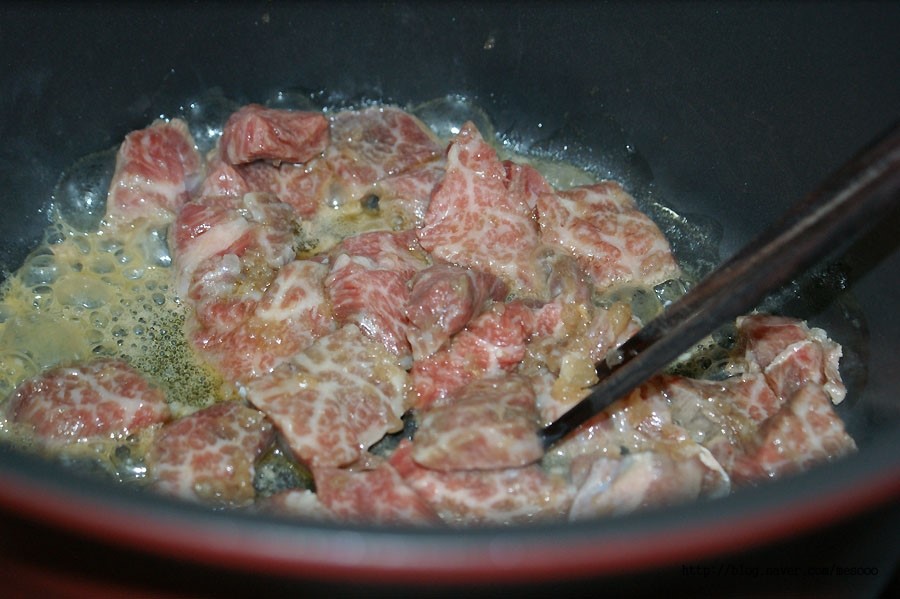 STEP 11/15When the beef starts to cook, pour 8 cups of water and boil it with radish, taro, and kelp.
STEP 11/15When the beef starts to cook, pour 8 cups of water and boil it with radish, taro, and kelp.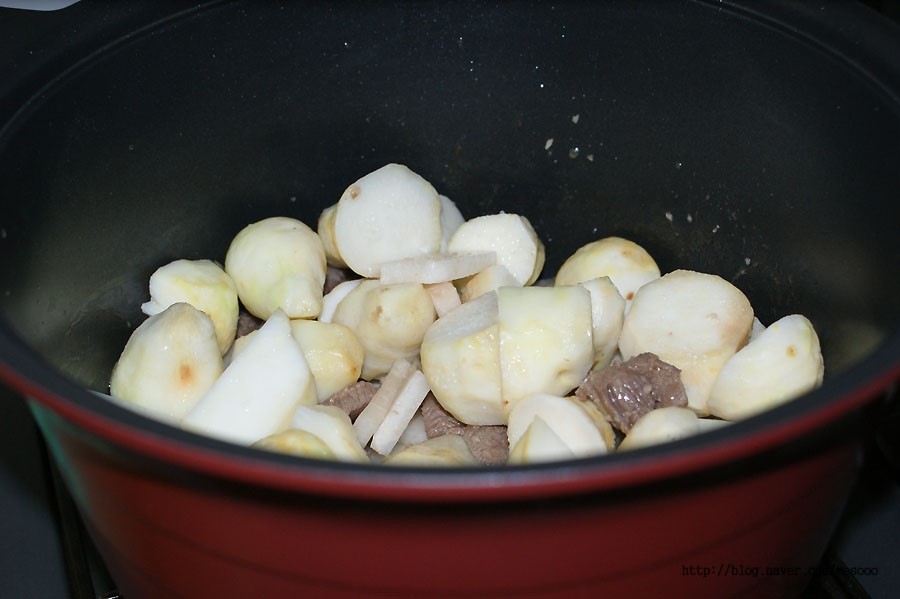 STEP 12/15Remove the foam that rises in the middle.
STEP 12/15Remove the foam that rises in the middle.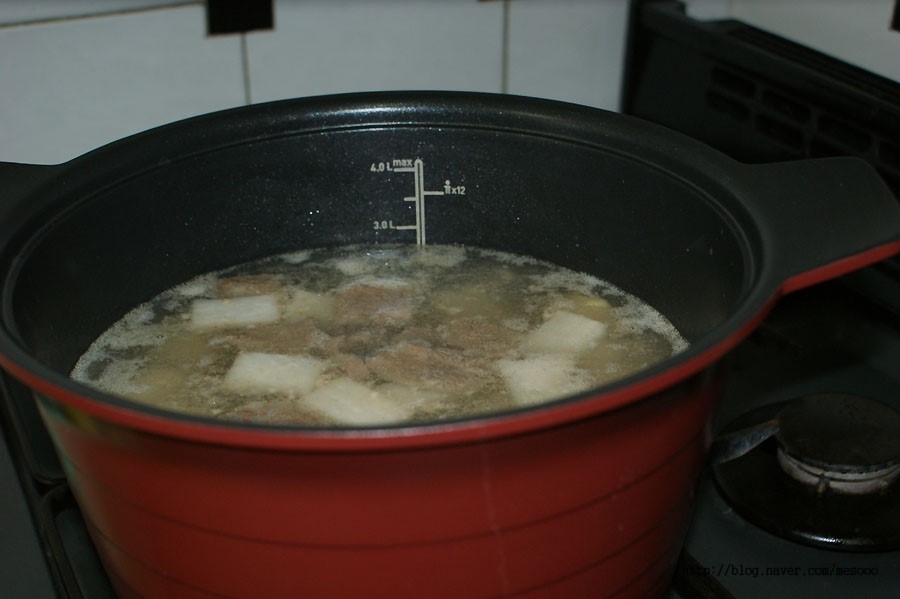 STEP 13/15When it boils up, reduce the heat to medium, remove the kelp, and shred it.
STEP 13/15When it boils up, reduce the heat to medium, remove the kelp, and shred it.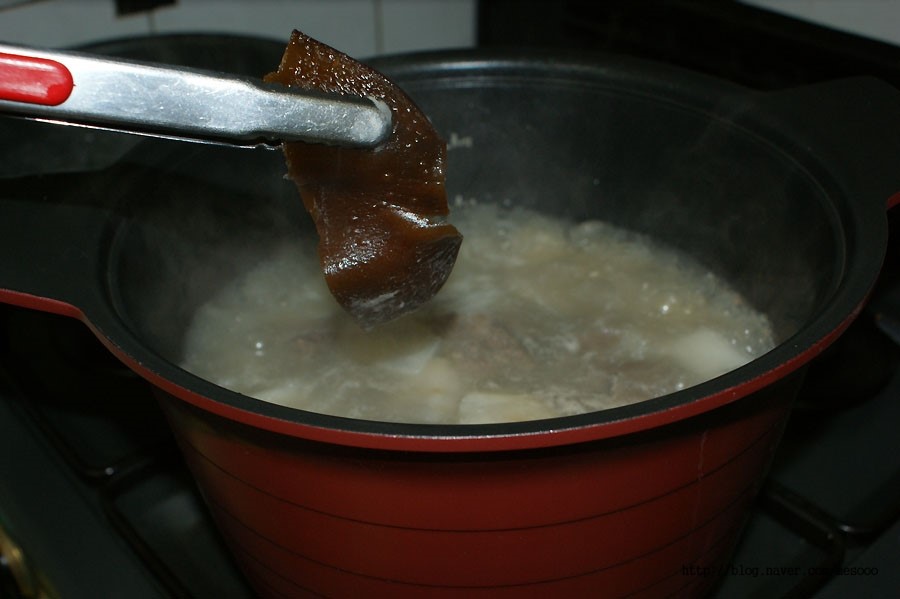 STEP 14/15Boil the taro for 15 minutes until it's fully cooked
STEP 14/15Boil the taro for 15 minutes until it's fully cooked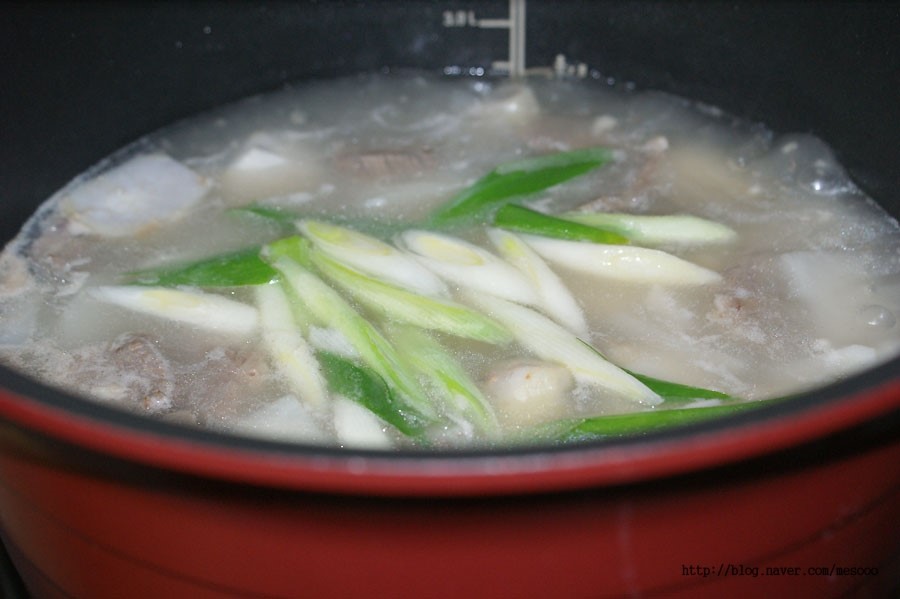 STEP 15/15Add green onion, minced garlic, and soy sauce and boil it. Salt is the salt for the lack of seasoning. If you add perilla powder at the end, it'll become perilla soup.
STEP 15/15Add green onion, minced garlic, and soy sauce and boil it. Salt is the salt for the lack of seasoning. If you add perilla powder at the end, it'll become perilla soup.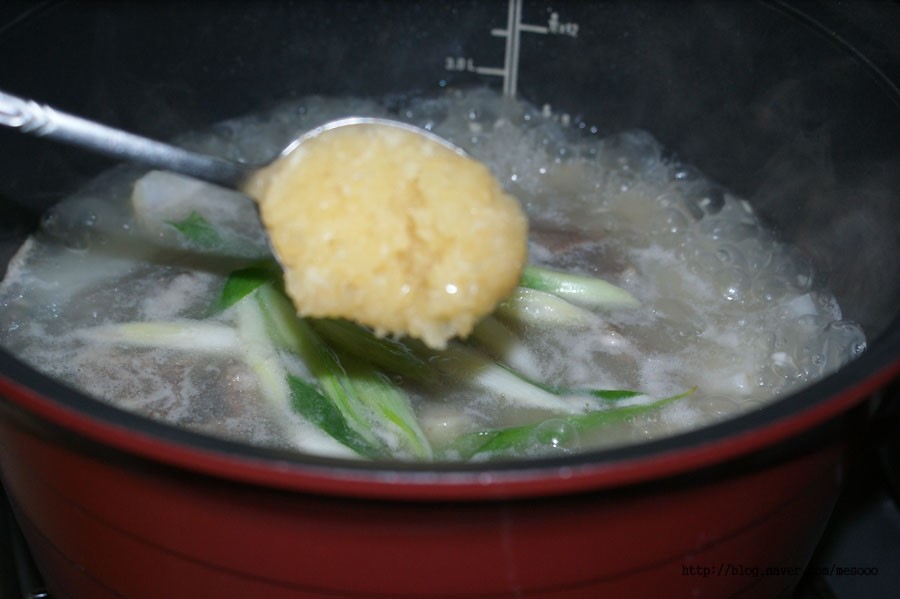 Taro is rich in dietary fiber, which helps prevent constipation, and potassium, which is abundant in taro, helps discharge sodium and relieves edema. When you cut a taro, the fluid that comes out slippery is called mutin. Since this ingredient acts as a natural digestive medicine, taking taro when you have indigestion or bloated stomach has the effect of taro, which helps protect your stomach and intestines.
Taro is rich in dietary fiber, which helps prevent constipation, and potassium, which is abundant in taro, helps discharge sodium and relieves edema. When you cut a taro, the fluid that comes out slippery is called mutin. Since this ingredient acts as a natural digestive medicine, taking taro when you have indigestion or bloated stomach has the effect of taro, which helps protect your stomach and intestines.
- Cooking review
-
5.00score
-

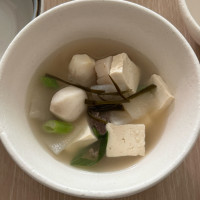 721*****scoreIt was really good. It looks like beef radish soup, but with taro, the texture was good and it was even more delicious Thank you very much!2025-02-16 14:21
721*****scoreIt was really good. It looks like beef radish soup, but with taro, the texture was good and it was even more delicious Thank you very much!2025-02-16 14:21 -

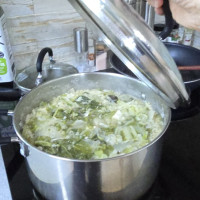 407*****scoreIt's my third time making it, so this time, I put in cabbage^^ If you taste it well, you're done.2024-11-24 11:33
407*****scoreIt's my third time making it, so this time, I put in cabbage^^ If you taste it well, you're done.2024-11-24 11:33 -
 970*****scoreI made taro soup It's so good to follow the recipe!! My mother-in-law complimented me^^2024-10-06 22:47
970*****scoreI made taro soup It's so good to follow the recipe!! My mother-in-law complimented me^^2024-10-06 22:47 -
 527*****scoreThe taro soup my mom used to cook for me Thanks to you, I can do it now. Thumbs up2024-08-26 13:18
527*****scoreThe taro soup my mom used to cook for me Thanks to you, I can do it now. Thumbs up2024-08-26 13:18 -
 410*****scoreI really enjoyed the meal.~~2023-12-07 08:15
410*****scoreI really enjoyed the meal.~~2023-12-07 08:15
-
- Bibimbap Recommended recipe
-
-
1
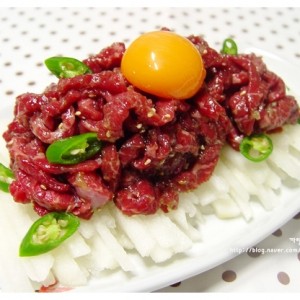 yummy yukhoe and yukhoe bibimbap5.00(9)
yummy yukhoe and yukhoe bibimbap5.00(9) -
2
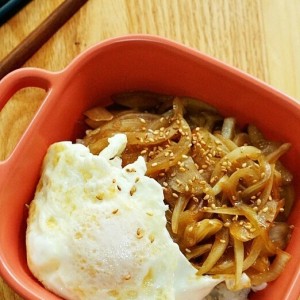 Stir-fried onion bibimbap4.96(54)
Stir-fried onion bibimbap4.96(54) -
3
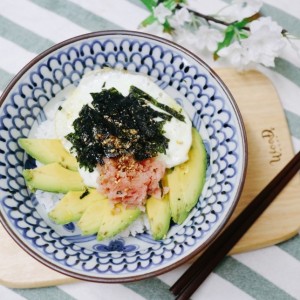 The menu that the actress ate. Super simple avocado pollack bibi4.98(48)
The menu that the actress ate. Super simple avocado pollack bibi4.98(48) -
4
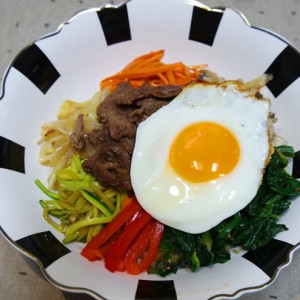 How to make 'Yoon's Kitchen Bibimbap5.00(8)
How to make 'Yoon's Kitchen Bibimbap5.00(8)
-
- stir-fried Rice Cake Recommended recipe
-
-
1
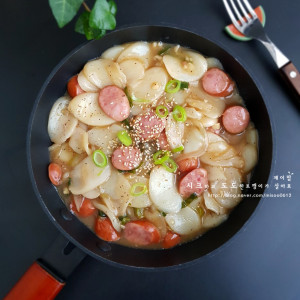 Sausage soy sauce tteokbokki. Tteokguk tteok. Soy sauce tteok4.91(199)
Sausage soy sauce tteokbokki. Tteokguk tteok. Soy sauce tteok4.91(199) -
2
 In 10 minutes! Soy sauce oil tteokbokki, woong tteok4.90(97)
In 10 minutes! Soy sauce oil tteokbokki, woong tteok4.90(97) -
3
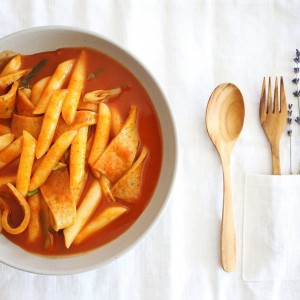 Tteokbokki with soup4.91(53)
Tteokbokki with soup4.91(53) -
4
 Shinjeon Tteokbokki Recipe4.84(55)
Shinjeon Tteokbokki Recipe4.84(55)
-






